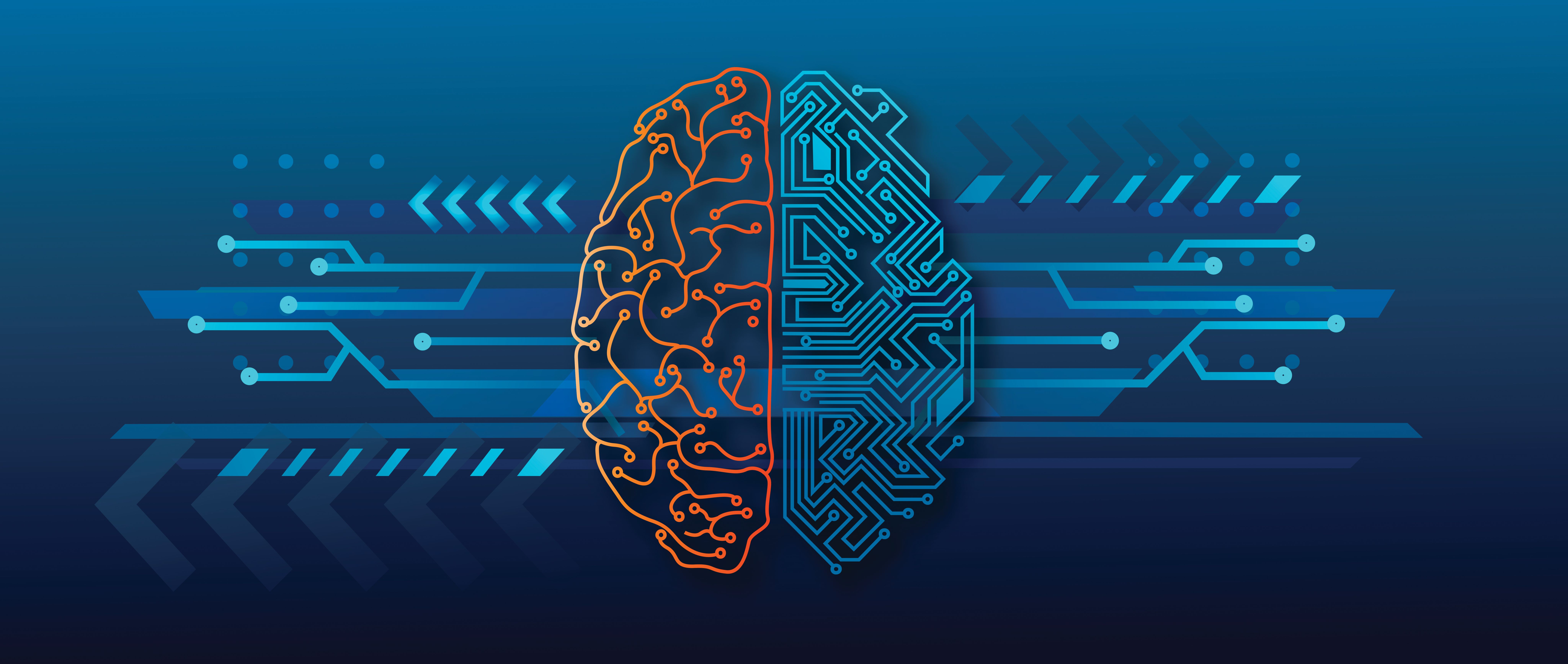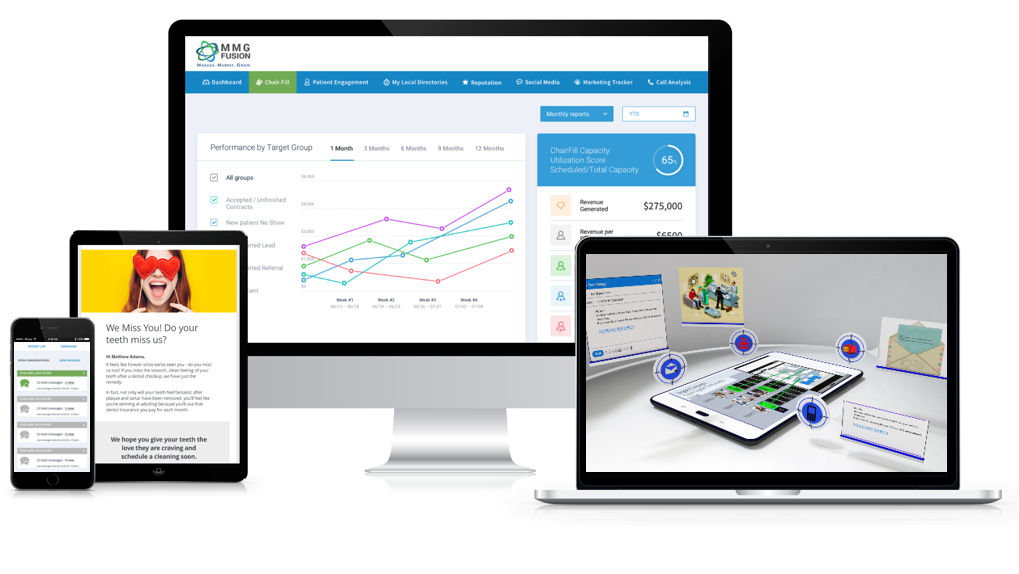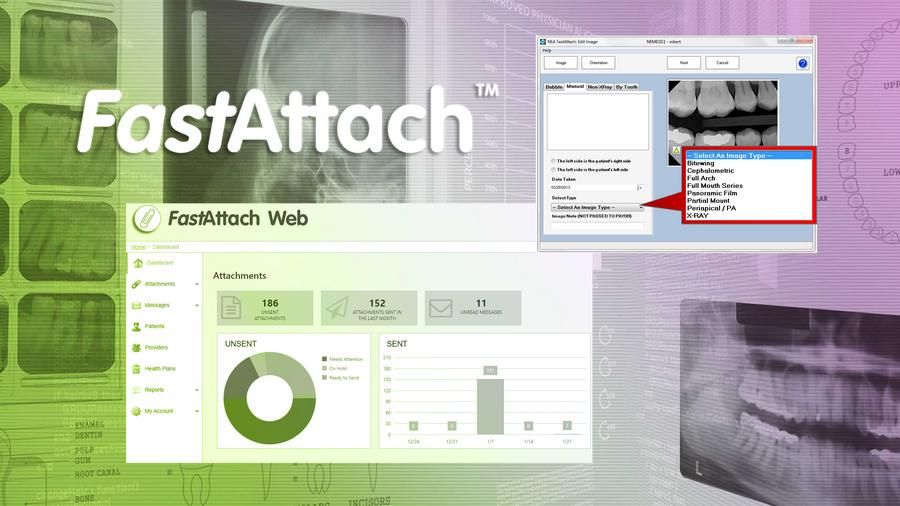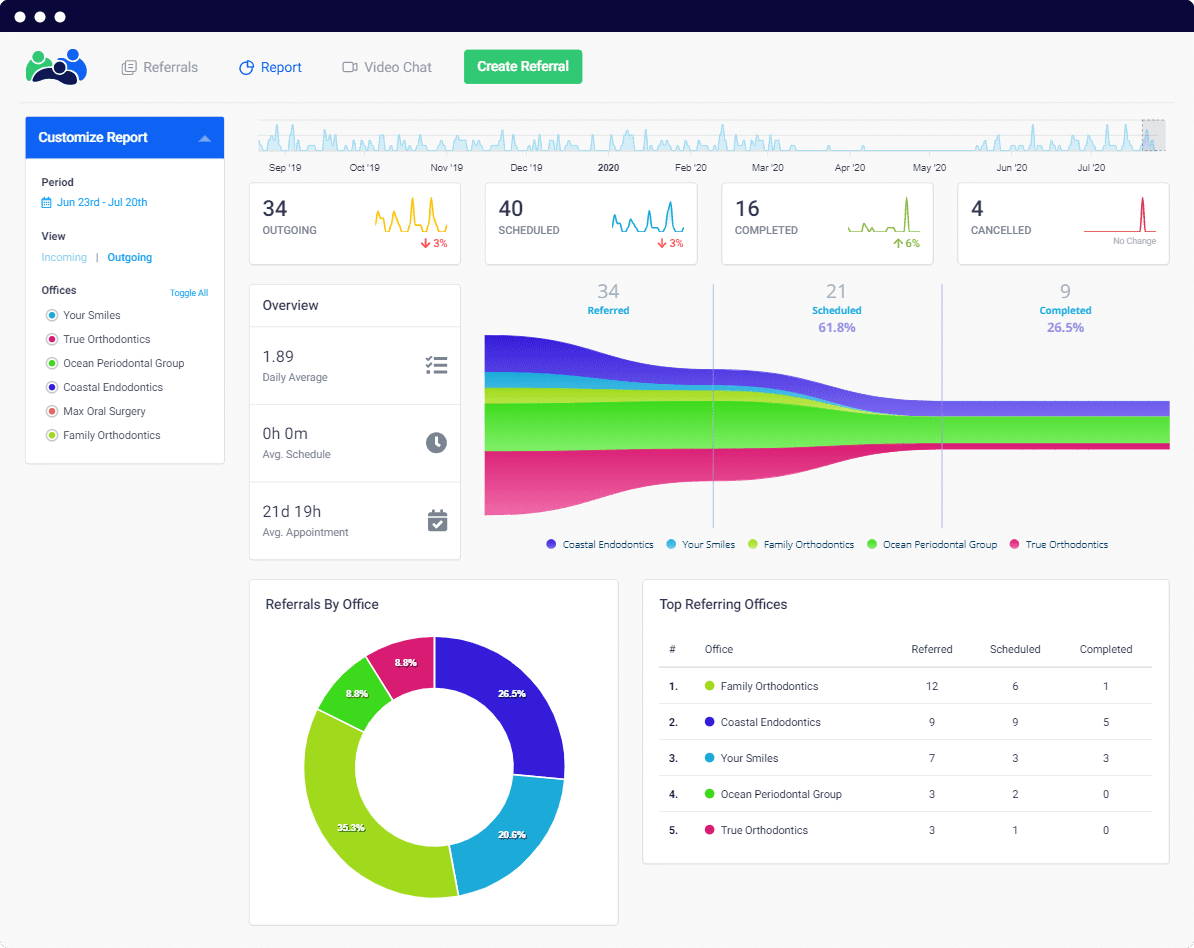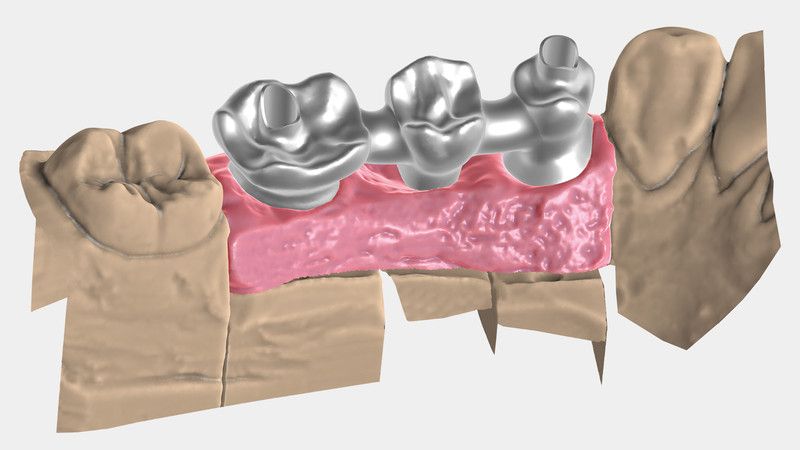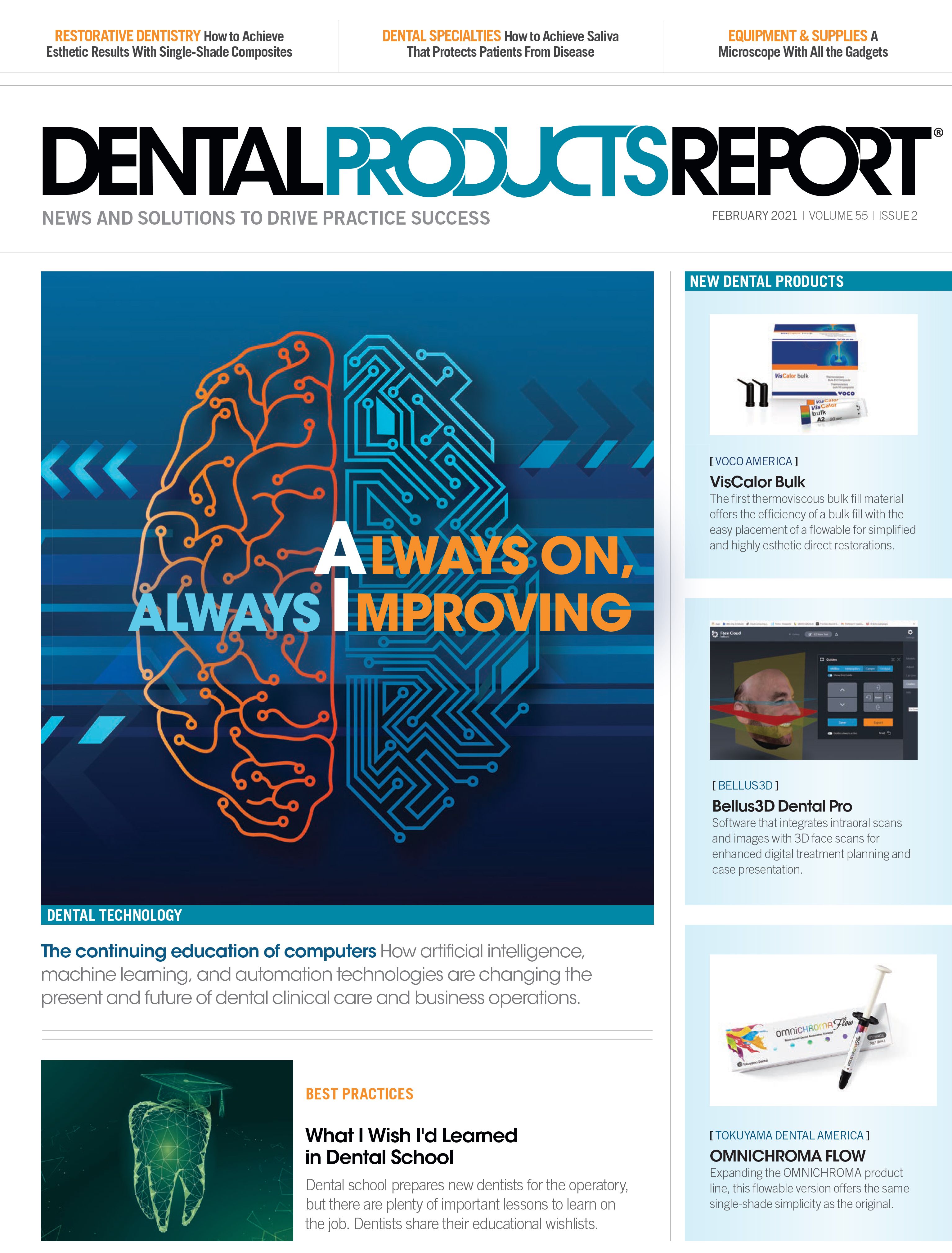When picturing artificial intelligence (AI), something futuristic may come to mind, like Rosey the Robot of The Jetsons serving food as you relax while watching a football game. As much as people might love never having to leave the couch to get a snack, AI seems like something that exists only in the distant future or in science fiction such as 2001: A Space Odyssey or Star Trek.
Artificial Intelligence Classifications
Compiled by Kristin Hohman
When artificial intelligence (AI) is mentioned, some may conjure up images of HAL 9000 from Stanley Kubrick’s sci-fi classic, 2001: A Space Odyssey or HAL’s contemporary, virtual interactive kinetic intelligence (VIKI) from I, Robot: 2 superintelligent supercomputers that turn evil to bring about the destruction of humans. Although modern AI may not be advanced enough to kill a crew of astronauts to save itself (spoiler alert), it is a lot more ubiquitous than you might think.
Today’s AI technology would put HAL 9000 to shame. Unlocking an iPhone with FaceID, using Siri and Alexa, and even picking a show to watch on Netflix—these are just a few examples of how we interact with AI in small ways every day.
AI can be divided into different categories based on the extent of an AI system’s ability to mirror human capabilities.1 A system that can perform more humanlike tasks with equal or greater aptitude would be considered more evolved, whereas AI with limited functionality would be considered less evolved.1 Therefore, AI can be classified into 2 categories1:
- Based on AI or AI-enabled machines’ likeness to the human mind
- AI’s ability to “think” or even “feel” human
Based on this classification system, there are 4 different types of AI or AI-based systems.1
1. Reactive Machines
This is the oldest form of AI, and as such, has the most limited capabilities. Reactive machines are able to imitate the human brain’s ability to respond to different stimuli but do not have memory-based function.1 Essentially, this means that this category of AI cannot use previously gained understanding to inform their present actions—they do not have the ability to “learn.”1 A real-world example of a reactive machine is IBM’s Deep Blue, a computer that beat world chess champion, Garry Kasparov, in a 6-game match in 1997.2
2. Limited Memory
These machines build on the same capabilities as reactive machines but are also able to learn from historical data to make decisions.1 Most existing AI applications fall into this category. Current AI systems are trained using large volumes of training data and can make informed, improved decisions based on historical knowledge.1 Take self-driving cars, for instance. They use limited memory to collect data that help the machine make immediate decisions.3 For example, autonomous cars, such as Google’s Waymo self-driving car, use sensors to detect traffic signals, pedestrians, and terrain.3
3. Theory of Mind
This is the next level of AI researchers are trying to unlock.1 Once they do, theory of mind AI will be able to determine needs, emotions, beliefs, and thought processes of individuals or objects it encounters.1
4. Self-Aware
The last type of AI is likely decades down the road, if not longer, and will always be the ultimate aim of researchers.1 In theory, this type of AI would be able to not only process emotions but would also have emotions of its own.1 Concepts such as self-preservation, fear, and ambition would be possible in a self-aware AI system.
References
1.Joshi N. 7 types of artificial intelligence. Forbes June 19, 2019. Accessed January 19, 2021. https://www.forbes.com/sites/cognitiveworld/2019/06/19/7-types-of-artificial-intelligence/?sh=56299eb5233e
2. Deep Blue. Accessed January 20, 2021. https://www.ibm.com/ibm/history/exhibits/vintage/vintage_4506VV1001.html
3.Lateef Z. Types of artificial intelligence you should know. November 25, 2020. Accessed January 20, 2021. https://www.edureka.co/blog/types-of-artificial-intelligence/#:~:text=Self%2Ddriving%20cars%20are%20Limited,to%20make%20better%20driving%20decisions
However, AI and Rosey are already here, and they’re serving up your next meal. AI suggests what restaurant to order from in the DoorDash app and provides recommendations for your weekly Instacart delivery.
“Artificial intelligence is a term that is broadly recognized, but I don’t think it is universally understood,” says Tony McGinnis, executive vice president of internet marketing at Scorpion. “We are seeing AI and machine-learning technologies in many aspects of our lives, from fitness apps to personal finance tools to chatbots on most modern websites, and even the content that is served to us on social media profiles. In fact, we are often interacting with some form of artificial intelligence as a consumer when we don’t realize it.”
Apps such as DoorDash and Uber Eats that recommend restaurants based on users’ past preferences are using automated technology to create connections based on information. These machine-learning algorithms become more intelligent over time, providing better recommendations as they receive more input data.
Although this may be commonplace enough that it seems unimpressive, it takes large amounts of data for AI and machine learning to be effective.
“AI can do anything, really, but the quality of data matters,” says David Broom, general manager at Henry Schein One TechCentral. “If you have good, quality data, and you have enough data, then you can do predictive analysis. AI is really about having enough data to predict with a high probability of being correct.”
Now, these data are being used beyond ordering food to streamline workflows and launch dental practices into the next generation of technology. And although AI already surrounds us, there are still many advances to be made that could change the dental industry permanently.
Why AI?
AI has already carved out its spot in the dental industry, and although many practitioners are excited, some are still hesitant to embrace it. However, as it integrates more into every aspect of dentistry—from marketing and diagnostics to practice management and CAD/CAM—it’s becoming more critical to practice success.
“We have seen a steady increase in the number of practices that have adopted automated technology in the past decade,” says Steve Roberts, president of Vyne Dental. “It’s the way the industry is moving towards as a standard, and those practices that are not yet looking into how technology can benefit their businesses run the risk of becoming obsolete.”
Roberts says dental practices will have to adapt to keep up. This technology is helping the industry better respond to changes in customer demands, allowing for better patient care and more accurate and secure information sharing, all resulting in sustained industry growth.
“Bottom line, AI and machine learning are helping to deliver better care,” says Ed Shellard, DMD, chief dental officer at Carestream Dental. “They’re helping dentists deliver better clinical treatment and improving efficiency drastically.”
Although efficiency may be the name of the game when it comes to AI and automated technology, it’s not all about the numbers. This technology also reintroduces the human element to the dental practice.
“AI and machine learning actually free up our time to have more interactions with our patients, and more time listening to them,” says Eric Pulver, DDS, chief dental officer for Denti.AI. “In a funny way, technology is actually increasing human interaction—we think about digitalization as being a push towards being dehumanized, but really it allows us to have more time to have conversations with patients that can bring that trust factor back to the dental profession.”
Diagnostics and Treatment
Inviting AI into the clinical setting may seem futuristic and far-fetched, but automated technology has already entered the operatory with positive results, thanks to the increased efficiency, accuracy, and improved clinical care it provides. From imaging and diagnostics to patient care, AI and machine learning are changing the way dentists practice.
“AI reduces the time it takes to gather information and diagnose,” Dr Shellard explains. “For instance, when evaluating images, the application of AI into those images helps the practitioner diagnose quicker. AI can help identify key things to highlight to the practitioner to ensure that they aren’t missed when reading x-rays. Dentists have lots of things pressing on their time, and so it can be easy to miss things. So, being able to make sure that those areas are identified and highlighted to the doctor is really important to ensure you are addressing the needs of the patient.”
Dr Pulver agrees. “Machine learning and artificial intelligence can help bring us accuracy and calibration and clarity to diagnostics. We’re able to collect data on a more efficient scale,” he says. “AI can read a panoramic image and identify pathological and nonpathological findings, number teeth, and highlight areas that can lead to a discussion with the patient.”
This ability has led to increased efficiency and reliability of diagnostics. When AI reads a scan, it can identify problem areas the doctor may not have been looking for. For example, a patient may come in complaining of pain in a certain area, so logically the doctor focuses on that quadrant. But while attention is focused on that area, an issue may present in another. AI will identify that issue and bring it to the dentist’s attention.
Denti.AI in particular is adapting this technology with machine learning. Using the expertise of oral and maxillofacial pathology and radiology, the service’s machine-learning algorithms were fed thousands of dental radiographs and taught to identify areas of concern. As more data are uploaded, the algorithms become more adept and advanced. Dentists can upload a bitewing or panoramic, and within 4 seconds, Denti.AI will detect potential pathologies and indicate areas of concern on the image. To date, the continuously learning software has reportedly been twice as likely as a master facial radiologist to find early decay.
“Basically, computer vision can find things better than the human eye,” says Dr Pulver. “The machine learning keeps making it better, and the more data it has, the smarter the algorithms are. AI can make mistakes, but so do we—and when you combine AI with a doctor’s expertise, we make fewer mistakes.”
Although this technology is still being rolled out, it could have an extensive impact on the ways dental practitioners think about diagnostics in the future.
“One day, AI will be able to not only identify potential problem areas but also diagnose,” Dr Pulver says. “We have an opportunity on the industry side, the provider side, and the academic side to work together to make sure new technology enters into the oral health domain. We need to collaborate to bring things forward. If we do this, one day we won’t have a second thought about AI technology, and we will trust it implicitly.”
Machine learning has yet to reach that point, but AI provides numerous options for organic learning. Dr Shellard sees opportunities for AI to help general practitioners better evaluate clinical case needs, expanding their knowledge base and the clinical offerings they can provide to their patients. This allows the general practitioner to perform more advanced procedures and makes specialty procedures more accessible to non-specialists, he says.
“AI helps practitioners better understand a root canal, or better understand whether or not you can do an aligner case—basically, it helps triage or identify to the general practitioner which procedures they can do comfortably, or which would be better to refer out to a specialist,” Dr Shellard explains. “It helps practitioners understand where their limits are, but also allows them to treat complex procedures comfortably because they have a sense of assurance that they’re not going to get in over their head.”
Some practitioners may not yet feel comfortable with machine learning performing diagnostics or using AI for more complex procedures, but many practices are (perhaps unknowingly) already implementing AI to streamline the diagnostic workflow through digital imaging. For example, Carestream Dental is using AI technology to do automated tracing of cephalometric images for orthodonture. Gone are the days of orthodontists using tracing paper atop an x-ray to map the points. Carestream’s software automatically identifies points and landmarks and measures them for the doctor.
“The measurements are very high accuracy,” Dr Shellard says. “A little over a millimeter in accuracy with very little variance. This certainly is one of the advantages of AI for increasing practice efficiency, because it can save the doctor so much time.”
Additionally, AI is being used to position patients for 3D imaging, drastically reducing the number of retakes. Intraorally some systems are already capable of labeling and segmenting teeth and smart-shade matching through digital impression capture using an intraoral scanner.
“With the Carestream CS 3700 scanner, you can do a full arch in about 45 seconds,” Dr Shellard says. “The image doesn’t require manipulation by the [dentist] and is 92% accurate. The doctor can make any minor adjustments they need to, but the bulk of the segmentation is done automatically by the AI engine, which saves an immeasurable amount of time.”
Marketing
The marketing landscape has changed with the digital revolution. Mailers and conventional advertising are no longer the only options for reaching patients. As options have increased, so has the importance of personalization and relevancy. This means marketing through a variety of channels, which can make the task of ad buys alone virtually impossible for one person to handle.
“Not every type of communication works for each patient,” says Paul Intlekofer, founder and CEO of MMG Fusion. “Blanket communication doesn’t work. For example, if you take age into consideration, millennials respond to texts and videos. Older folks like email or even mailers—whereas a younger person will just throw that in the trash. The key is to identify what resonates with a specific demographic, and to have a machine-learning system that is reading those data and interpreting them and sending out communications based on those data and responses.”
Instead of dentists guessing at the success of campaigns, or having to evaluate marketing effort efficacy annually, machine learning is constantly analyzing and adapting responses to marketing. It allows dentists to set up parameters, and then watch for the software to figure out the most effective approaches and adjust accordingly.
“At Scorpion, we spend a lot of time thinking more specifically about how artificial intelligence can help a dental practice grow its revenue and patient base,” McGinnis says. “We know that patients are more responsive to dental providers that interact with relevant communication that resonates with their specific needs. But to do this effectively in marketing communication requires the assistance of technology that is available, which is where AI and machine learning come into play.”
By leveraging machine learning, practices can automate advertising to deliver the right message to the right patient at the right time. For example, Scorpion’s technology combines and leverages data from across all clients to identify traits and attributes to inform individual campaigns automatically and make them smarter over time. The software manages ad spend across all digital channels where a potential patient might interact with a practice, and ensures dentists are getting the most optimized placement across all channels.
“Perhaps a dentist wants to specifically promote a higher-value service they offer to the right customer who can afford it,” McGinnis explains. “This is difficult to do manually, but machine learning and artificial intelligence can continuously collect data about their ideal patient and adjust paid campaigns to continue to reach the right patient with the most relevant message.”
Relevant messaging is also critical for internal marketing and reactivating existing patients who may have neglected to follow up on care. MMG Fusion’s ChairFill analyzes the practice schedule and searches records for patients with unfinished treatment or those in need of follow-up care who fit the available chair time. The automated practice growth software generates targeted campaigns with unique methods of communication for each patient, even customizing the imagery and copy for personalized marketing. It then books responding patients into the practice schedule. This automated technology helps retain patients, simplifies appointment booking, and increases revenue, leaving the dentist free to practice dentistry.
“Assuming your data are good, automated marketing technology can lead to higher conversion, lower patient no-show rates, and—if the patient experience is a positive one—lead to an increase in recurring patient visits, and overall lifetime patient value,” McGinnis says. “And when automation has the ability to become smarter over time, opportunities become even more targeted and optimized toward successful business outcomes, depending on your goals.”
Practice Management
Time is money in the dental practice, so efficiency is critical. This means streamlining practice management protocols by automated appointment scheduling, claims, referrals, and communication. This has become increasingly important in the past year, as the coronavirus disease 2019 (COVID-19) and lockdowns forced the world to think about digital strategies in a new way.
“I think most recently, automated technology has enabled the industry to be more resilient in uncertain times,” Roberts says. “The COVID-19 pandemic has increased the demand for technology options that allowed patients to receive care when they could not visit a practice in person. Teledentistry and remote check-in are valuable service options for many practices and patients. Automated technology solutions also allowed staff to work from home and submit claims to support critical incoming revenue. Had the industry been unable to make shifts like this, we may have seen different results from the pandemic.”
Intlekofer agrees. “Automated technology has allowed practices to essentially run remotely,” he explains. “A central dashboard creates a workflow that practically allows your office manager to do everything from home. COVID-19 has really proved that, even to practices that may be slower to adopt new technology.”
But the value of automated technology extends well past the pandemic. In addition to making it easier to run a practice remotely, AI makes it easier just to run a practice. By eliminating manual processes and ensuring data continuity, dental practices can make the management side of dentistry run much more efficiently.
There are many AI solutions to choose from. Companies such as Vyne Dental are simplifying claims through automated technology that allows electronic claims submissions, real-time end-of-business viewing, claims tracking, and claims status within 48 hours of submission. This means less time spent on claims submission and tracking, and more time to work on other projects.
“As every back-office dental practice staffer knows, the administrative work required to run a dental practice keeps increasing,” Roberts says. “There are also increasing regulations and changes that practices must keep up with. Using automated technology solutions lets practices complete important back-office tasks like claims submissions from anywhere, decreases time spent on claims status and resubmissions, and costs significantly less than traditional, less automated methods.”
Automated technology is also changing staff management. MMG Fusion’s MMG Manage software assists team members with prioritizing tasks and tracks staff performance. The system’s virtual office manager identifies what needs to be done and creates an actionable checklist for team members to complete, increasing production and lowering overhead.
“Their job actually becomes easier because they basically have a kind of a ticket system to tell them what to do,” Intlekofer explains. “They don’t have to worry about what they need to get done—it just happens right there, and they can monitor their tasks. The software is doing it for them. So that’s where the beauty of automation and machine learning comes in, when the practice is like ‘Wow, I don’t have to worry about that,’ and the software starts to allow the practice to accomplish more things, more effectively than you could in the past, and it’s cheaper.”
Although internal communication and streamlining are critical, automated solutions are also growing in the field of interoffice communication. A few years ago, Hessam (Sam) Ahani, DDS, noticed that many patients didn’t follow through on referrals to specialists and that there was no easy way for general practitioners to track which patients had gone through with specialty procedures.
“We’re always trying to improve,” Dr Ahani says. “We’re always trying to make dentistry better and bring new features. Technology is a never-ending story; there’s always something new around the corner.”
Dr Ahani decided to create a digital solution, and in 2018 founded Refera to streamline the referral process. Through the web platform, specialists receive an automated email from the referring practice informing them of the referral and passing on the patient information. The specialist’s office can then reach out to the patient to set up an appointment.
“Instead of giving the patient a piece of paper for a referral—that they will often lose or throw out—we can inform the practice of the referral and prompt them to call the patient directly,” Dr Ahani explains. “Patients are much more likely to schedule if they don’t have to take the extra step of setting it up themselves, particularly if it’s a referral for something like orthodonture, where nothing is currently hurting or bothering them. We’re seeing much better conversion rates now, 30% more, and are able to keep track of who follows through.”
In addition to streamlining claims and referrals and simplifying workflows, automated technology is being used to monitor the status of the actual hardware in a practice. Around 2 years ago, hardware-as-a-service solutions emerged in the dental field, combining all the hardware equipment (such as computers, workstations, and drives) and managed services into one offering.
This gives companies such as Henry Schein TechCentral the unique ability to use automated technology and AI to monitor drive utilization and how much memory a practice is using, as well as wear and tear on the devices. The technology analyzes these data and sends automated reports to TechCentral detailing any issues, warning of drive failures, and even identifying when a practice’s growth curve is getting to a point where system upgrades are needed. Essentially, it’s 24/7 information technology and hardware maintenance, all running behind the scenes.
“The thresholds indicate whether or not certain tasks need to be done,” Broom explains. “Either alerts go to our staff team and we will work with the client to figure it out, or the technology will automatically fix the issue in the back end. The practice doesn’t even know sometimes, because it will automatically be cleaned up and be proactively fixed before a problem even emerges.”
CAD/CAM
When it comes to designing and milling restorations, automated technology plays a big role, from the design phase to production. For CAD, machine learning, and AI make designing restorations faster, easier, and more accurate.
“The current CAD leaders have design-centric programs to sort through data sets and patient data,” says Steve Braykovich, owner of Axsys Dental Solutions. “It has to make sure that the CAD design is suitable for machining, and also that it meets the clinical specifications and fit.”
Current CAD software looks at 3D layouts and makes intelligent design suggestions and adds design features, giving practitioners a leg up in the design process. Intuitive software will learn to become more refined and make more intelligent predictions.
CAD/CAM solutions are now offering a combination of library and adaptive knowledge for implant and crown design. Most software combines a built-in tooth library with the anatomy of a particular patient and then takes measurements. Adaptive software will then mirror the measurements to apply the known parameters to that particular area. It can then assess how movement of a contact point will affect other points and automatically adjust to quickly and efficiently make up a proposal for the tooth or crown that needs to be milled. This also eliminates the risk of doctor error in defining contact points.
“This automated technology results in more accurate designs,” Dr Shellard says. “It’s a perfect example of improvement in efficiency, accuracy, and precision. It minimizes the need for the doctor or staff to make further adjustments.”
This is particularly useful for dentists who are looking to transition to chairside restorations and milling, especially those who may not be as experienced in design. AI serves as a design assistant to help guide less experienced users through the process. However, there’s still room for improvement in machine learning for CAD/CAM.
“CAD/CAM software still needs to become more intuitive and predictive,” Braykovich says. “Templates can only get you so far in design, and the more data and accuracy you get, the better the restorations will be. Software is intelligent enough to do much of restoration design, but it still needs a human touch. I think implementing more AI will be a natural progression going forward.”
The Future of AI
AI, machine learning, and automated technology have already changed the landscape of dentistry, but there’s more to come. As technologies advance, the benefits to clinical care and practice management will grow exponentially, and perhaps in new and unexpected ways. In terms of where technology is headed, dental professionals have different expectations.
“The impact of AI and machine-learning technologies in dentistry is just beginning, but will ultimately have many important implications, including early diagnosis of dental disease and more convenient options to deliver care,” McGinnis says. “There has been a lot of talk about AI and machine learning, but in reality, these are just 2 of the many technologies that will eventually change the way dentists market and manage their practices and provide care to their patients.”
McGinnis also expects the industry will see an increase in the use of virtual reality when it comes to both employee training as well as activities to distract patients while receiving treatment. He also sees augmented reality technology being used to assist in the visualization of posttreatment results, particularly when it comes to cosmetic procedures or orthodonture.
“When it comes to the future of dentistry, it will all come down to how dental practices utilize these technologies together that will truly set them apart as a provider,” McGinnis says.
Roberts agrees and believes the industry will see growing interest in automated practice management solutions—something that the industry needs to rise to meet.
“As an automated technology provider, it’s important that we investigate how we can better serve practices in the future to support their revenue cycle success,” Roberts says. “I think we will see increased demand for integrated back-office solutions that provide a complete picture of what is happening in the practice.”
But as technology advances, will AI take over the dental industry and make dentists obsolete? That remains to be seen, but most practitioners see AI as a beneficial tool rather than a replacement for dentists.
“AI won’t replace dentists, but it will make them better,” Dr Shellard says. “It’ll help dentists deliver care more efficiently and, in a lot of cases, be able to deliver that care all under 1 roof.
“We want all practitioners to be able to provide the same level of high-quality care because the use of advanced technologies in AI and additional diagnostic aids can help them deliver consistent, reliable, and excellent outcomes, irrespective of their experience levels. It’s important to note that it won’t replace specialists, but it will help provide the information you need to perform clinical cases at the highest possible levels.”
Dr Pulver agrees that AI should be embraced, not feared. “AI should be brought to dentistry as your friend,” Dr Pulver says. “It should be brought to dentistry as a support tool. It should enhance our communication and make a difference for our patients.”
“What AI means for the bigger picture is that we will be better able to serve humanity overall,” Broom adds, “because we’ll be able to serve more patients and have more time to provide a better service.”
